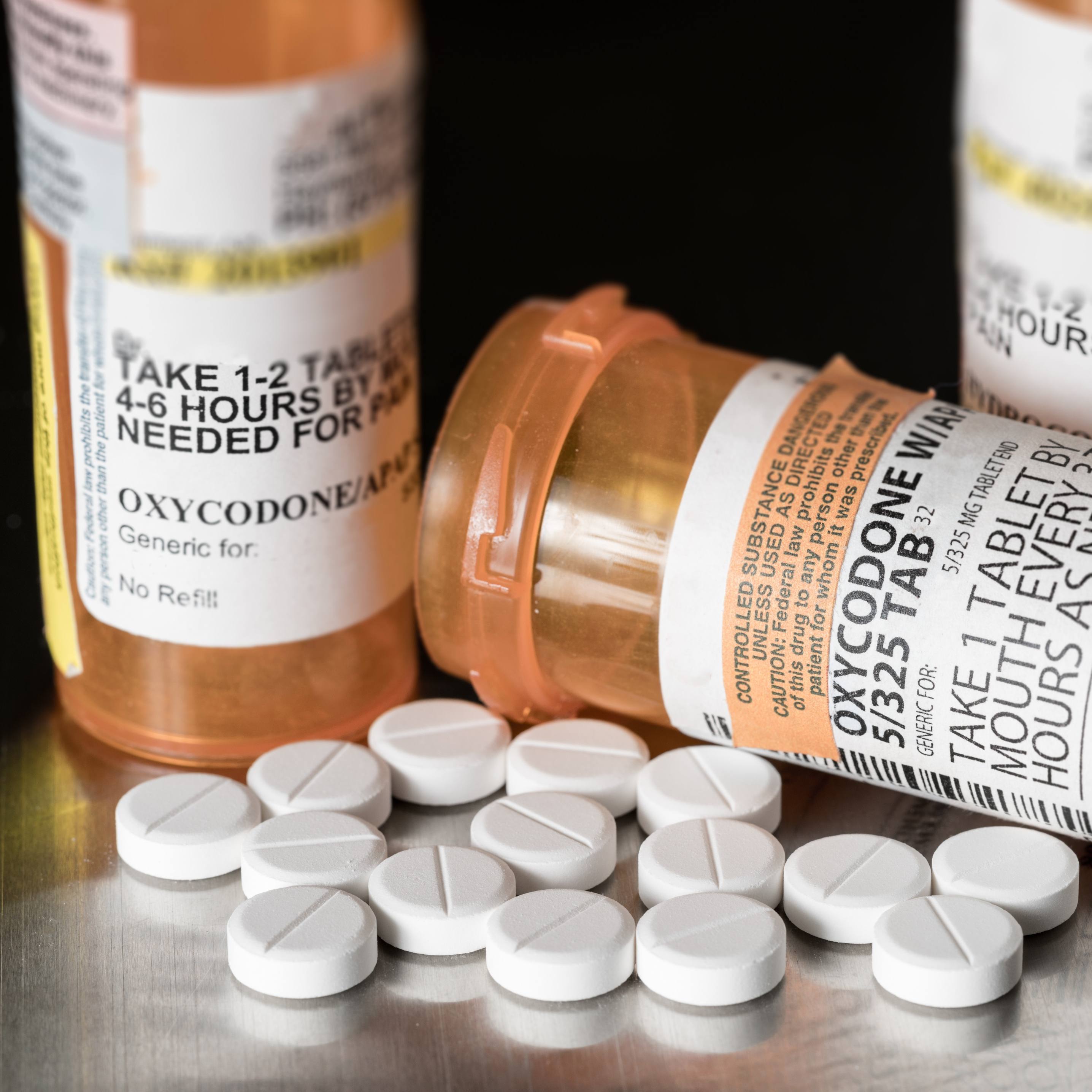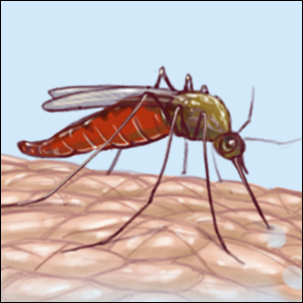-
Health & Wellness
What Can I Do To Relieve or Prevent Leg Cramps at Night?
Dear Mayo Clinic:
As I've gotten older I seem to get leg cramps at night more
frequently. Is there anything I can do once it begins, or do I
just have to wait it out? Are there ways to prevent them from
occurring in the first place?
Answer:
Anyone who has ever woken up with a leg cramp knows how painful
it can be when one of their muscles suddenly contracts. Night leg
cramps typically involve calf muscles. Yet, it's possible to
get these cramps in the feet or thighs as well.
In most cases, night leg cramps are harmless and can be
relieved or even prevented with some simple stretching or other
self-care measures. However, if they occur regularly and cause
severe discomfort, see your doctor. This is particularly true if
leg cramps are interfering with your sleep or you're having
muscle weakness, swelling, numbness or pain that lingers or
continues to come back.
Although the risk of getting night leg cramps increases with
age, it's often difficult to pinpoint the cause. In fact,
these cramps often occur for no known reason.
Dehydration, prolonged sitting, or not getting enough
potassium, calcium or magnesium in your diet can be associated
with leg cramps. So can certain medications - including
diuretics, beta blockers and other blood pressure drugs.
Sometimes, these cramps also may be related to an underlying
metabolic condition, such as an underactive thyroid
(hypothyroidism) or a parathyroid condition. Diabetes or other
conditions that disrupt your metabolism can also cause muscle
cramps.
Night leg cramps are sometimes confused with restless legs
syndrome (RLS). With RLS, you feel throbbing, pulling or other
unpleasant sensations in your legs and have an uncontrollable
urge to move your lower limbs. These symptoms primarily occur at
night or when at rest. However, muscle pain is less common with
restless legs syndrome than it is with night leg cramps. Pain
from swelling caused by excess fluid (edema) may feel like leg
cramps.
The pain caused by leg cramps can vary in intensity and last
from just a few seconds to 15 minutes or more. To get relief,
gently rubbing a cramped muscle can help it relax. Stretching
also can ease a spasm. For a calf cramp, try standing and putting
your weight on the leg in question and then slightly bending your
knee. If you're in too much pain to stand up, straighten your
leg and flex the top of your foot toward your head.
Applying cold or heat also can offer some relief. To relax
tense muscles, apply ice or a cold pack directly to the area
where you feel cramping. Applying heat with a warm towel or
heating pad, or by taking a hot bath or shower, also can make you
feel better by reducing muscle pain or tenderness.
Although night leg cramps can take you by surprise, prevention
is possible. These steps can help:
Staying hydrated — Drinking water and
other liquids throughout the day can keep you from becoming
dehydrated. It can also help your muscles contract and relax more
easily. It's especially important to replenish your fluids
when engaging in physical activity and to continue drinking water
and other liquids after being active.
Stretching before bed — If you have
night leg cramps, it's a good idea to stretch before turning
in for the night.
Doing light exercise — Riding a
stationary bike for a few minutes before bedtime may help prevent
cramps while you're sleeping.
Choosing the right shoes — Wearing
shoes that have proper support may help prevent leg cramps.
Untucking the covers — Loosen or untuck
the bedsheets and other covers at the foot of your bed.
If self-care strategies aren't keeping cramps at bay, pain
relievers such as acetaminophen (Tylenol, others) may be of
help.
— Paul Takahashi, M.D., Primary Care Internal Medicine,
Mayo Clinic, Rochester, Minn.
Related Articles







